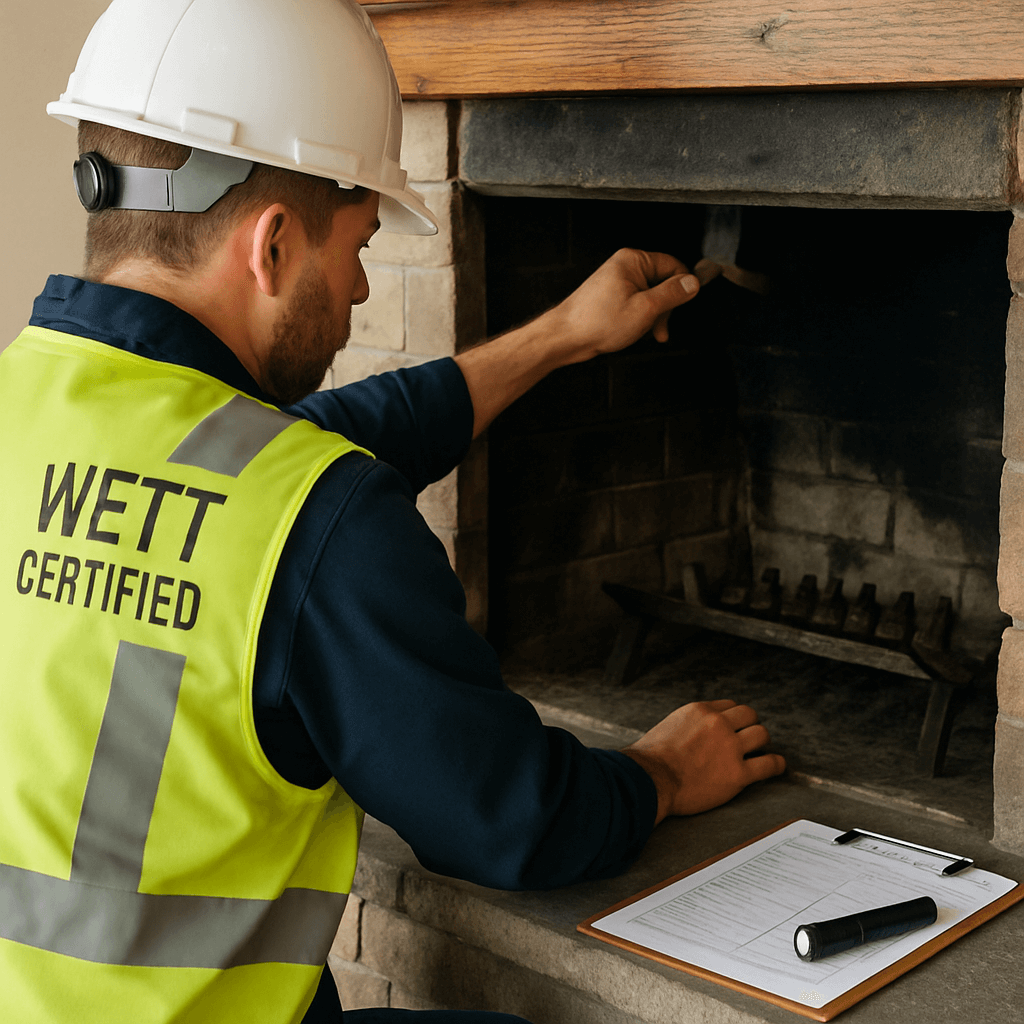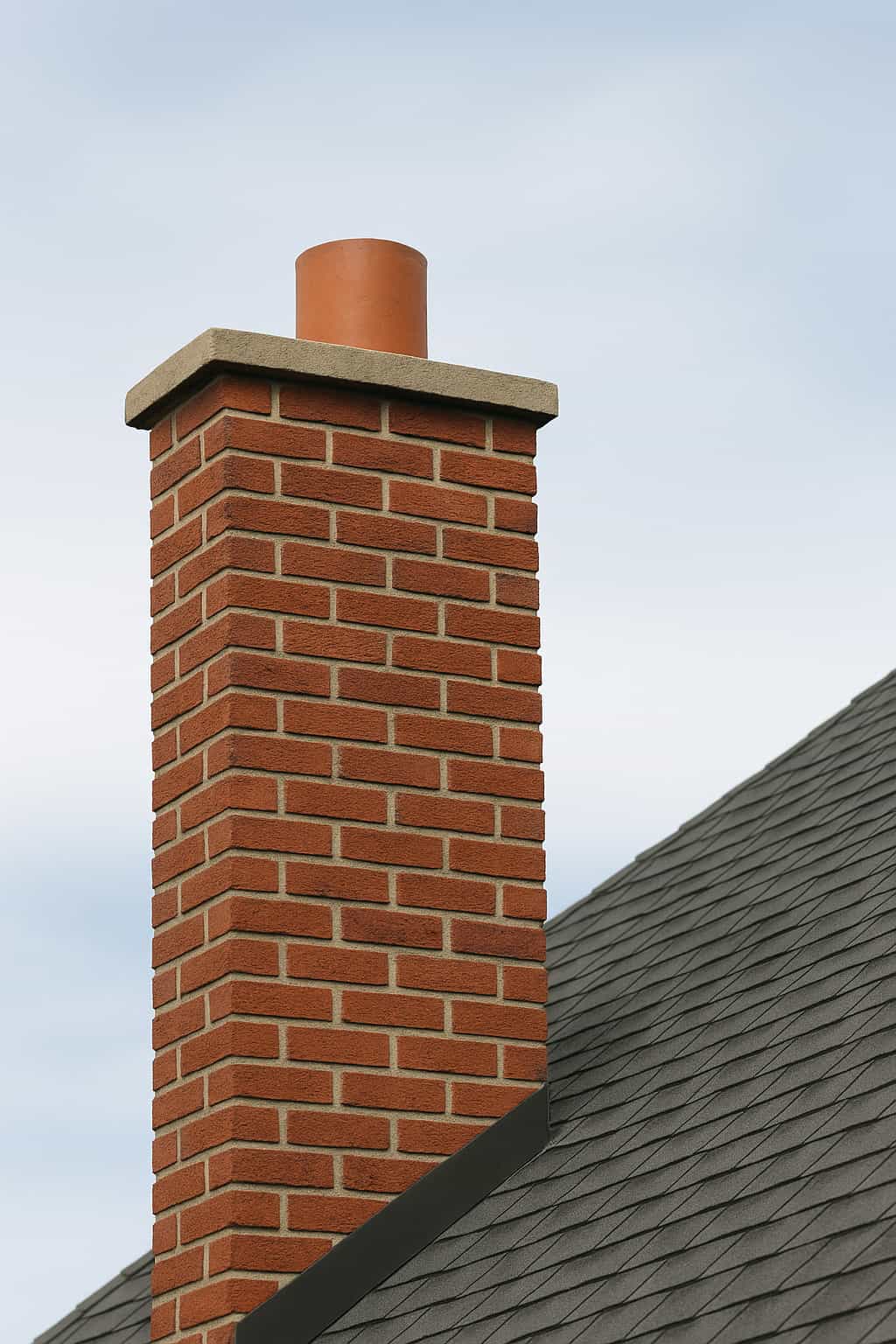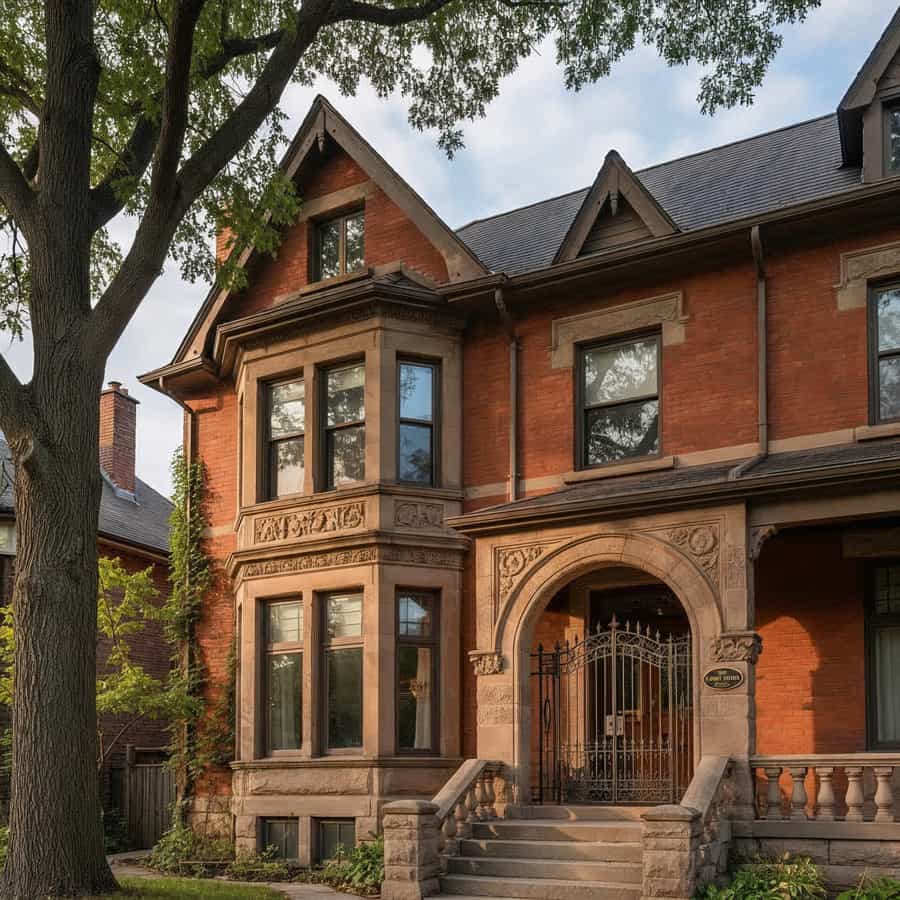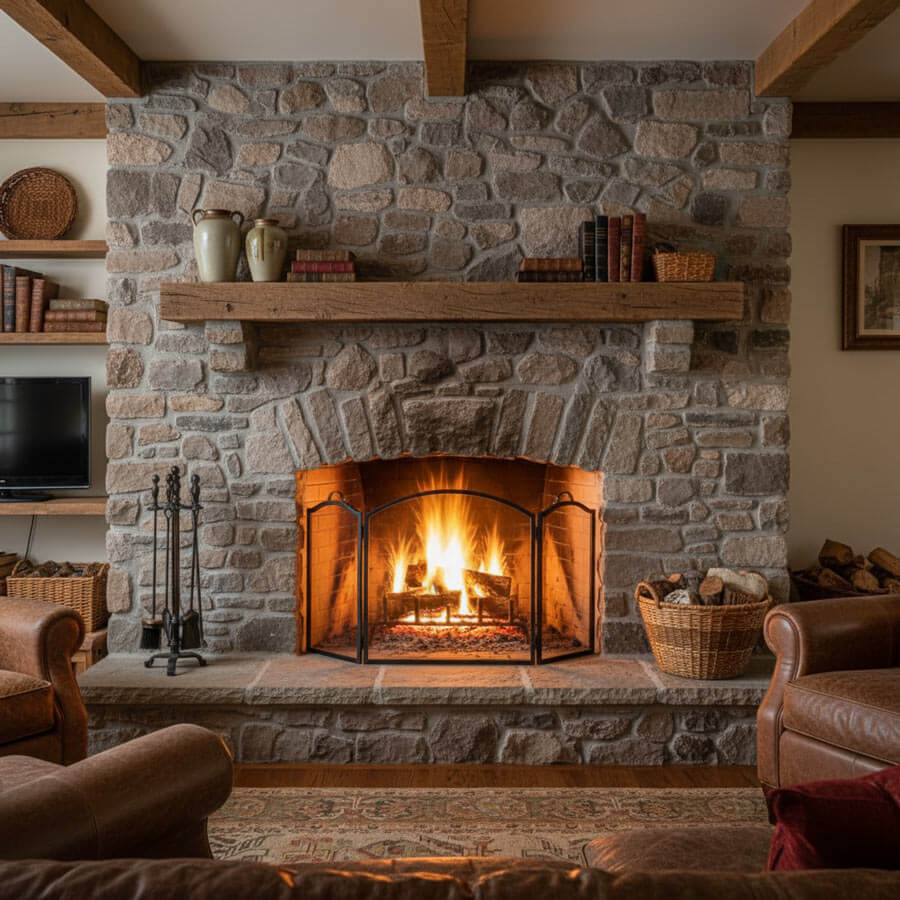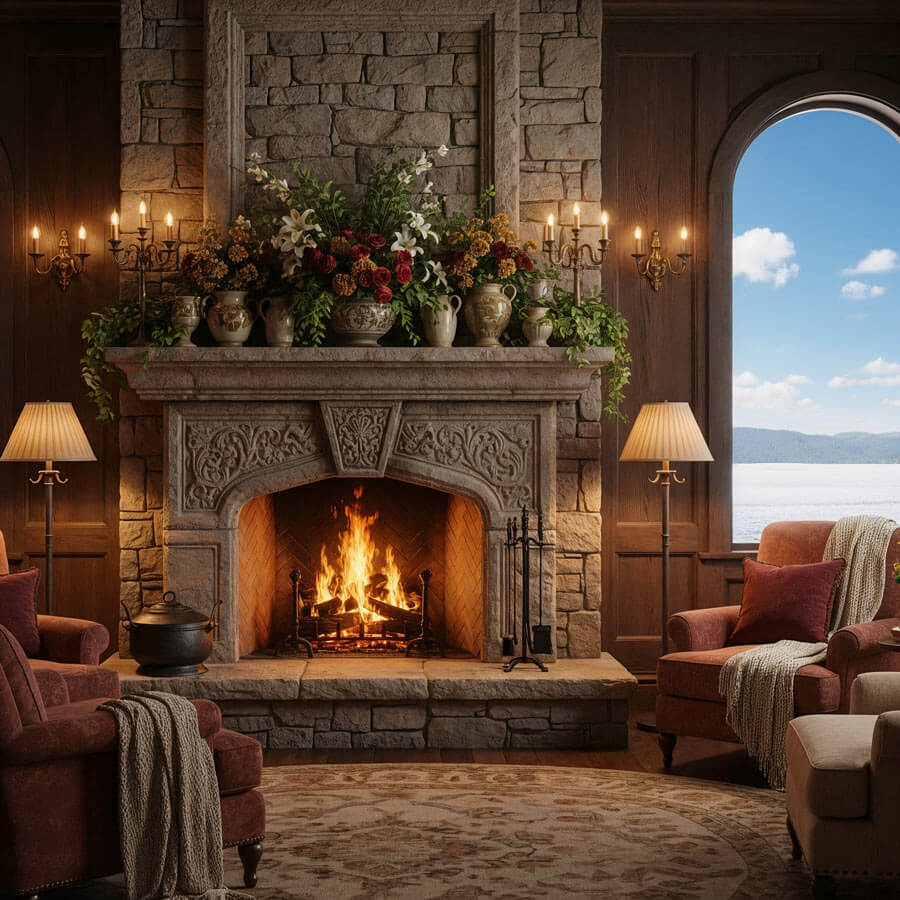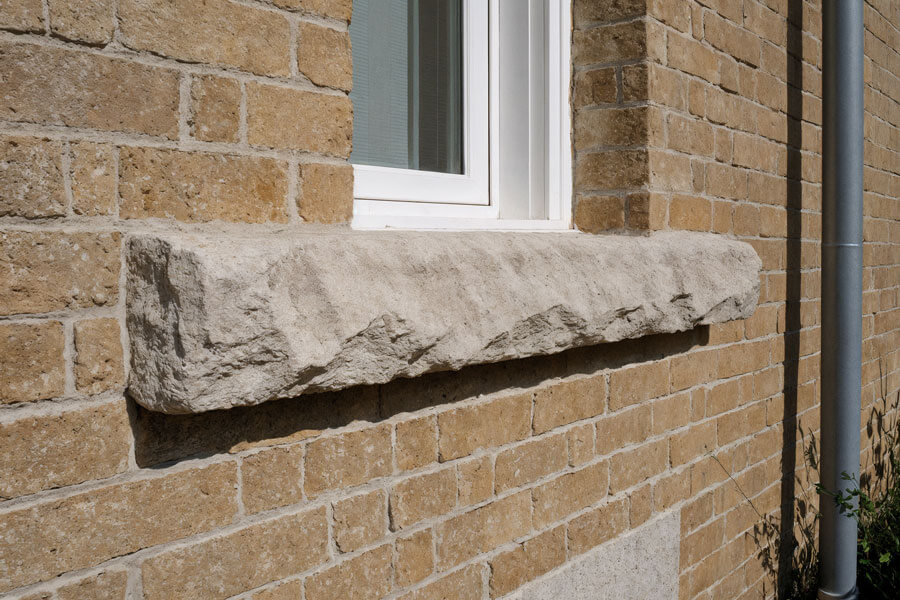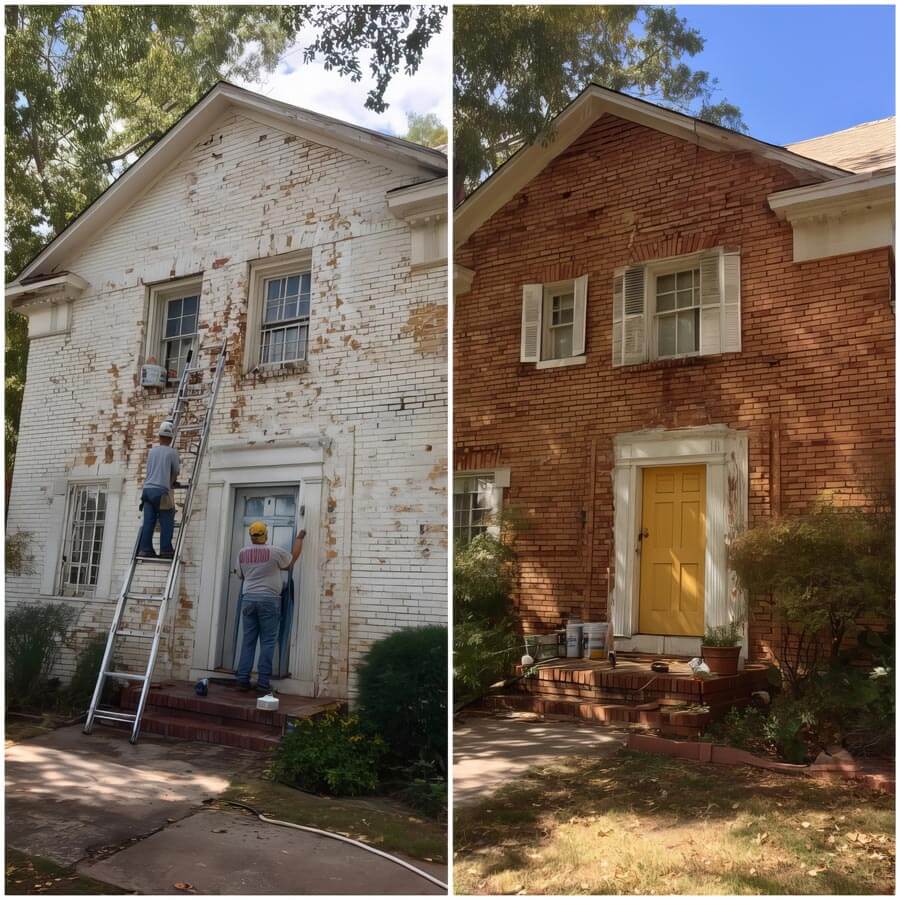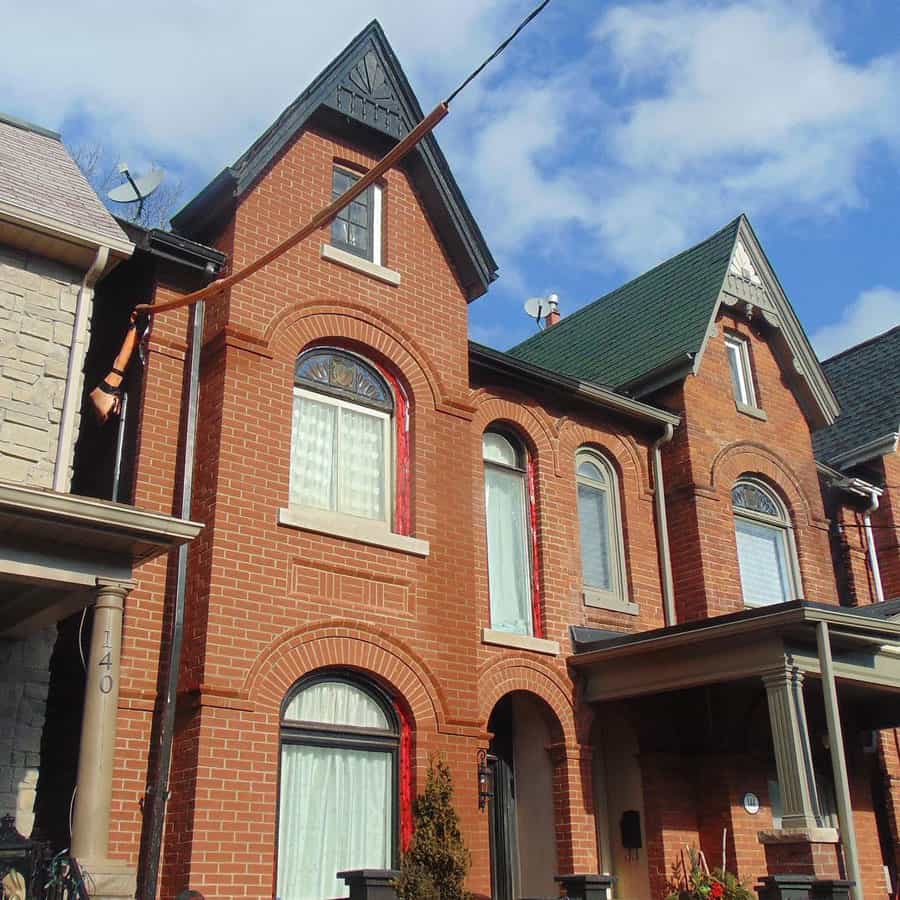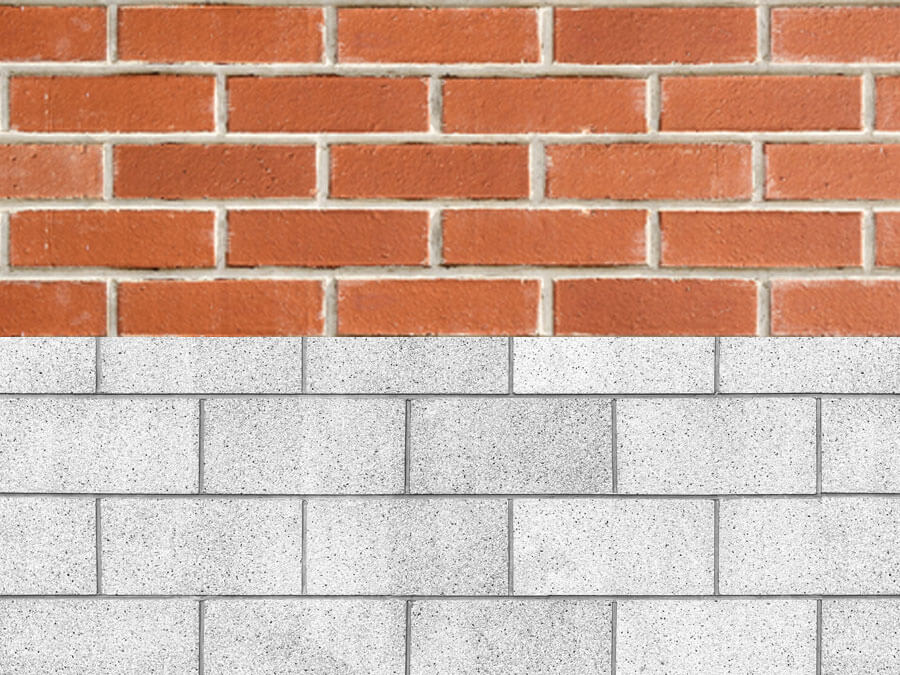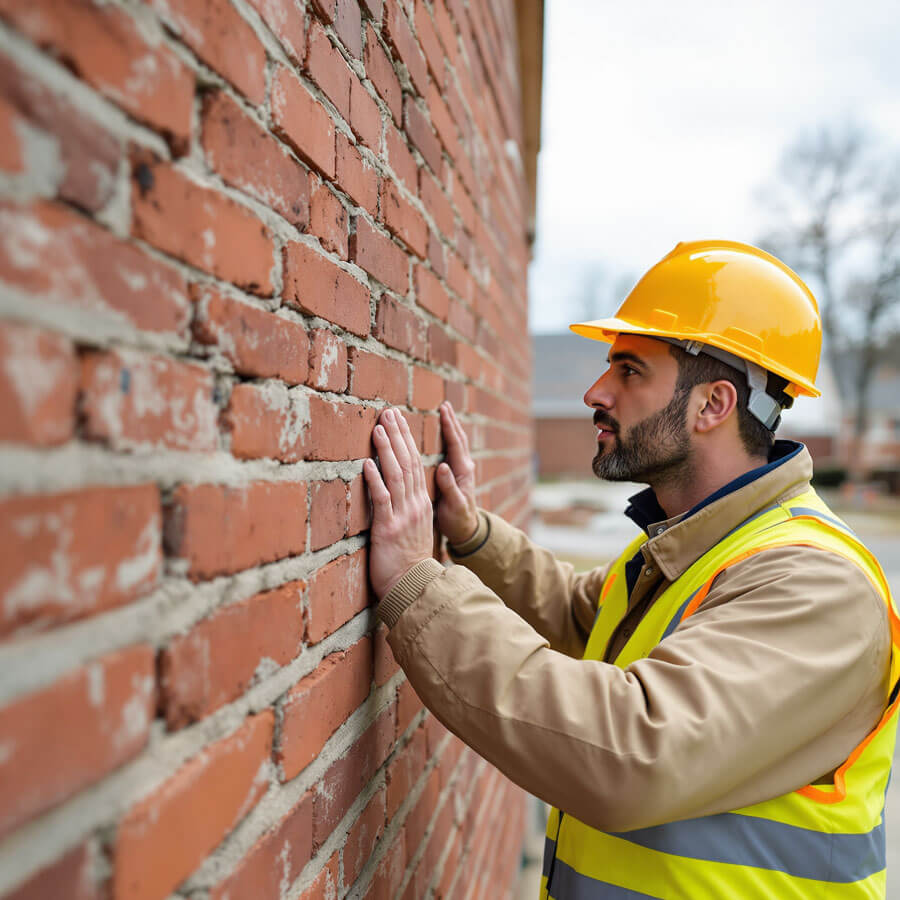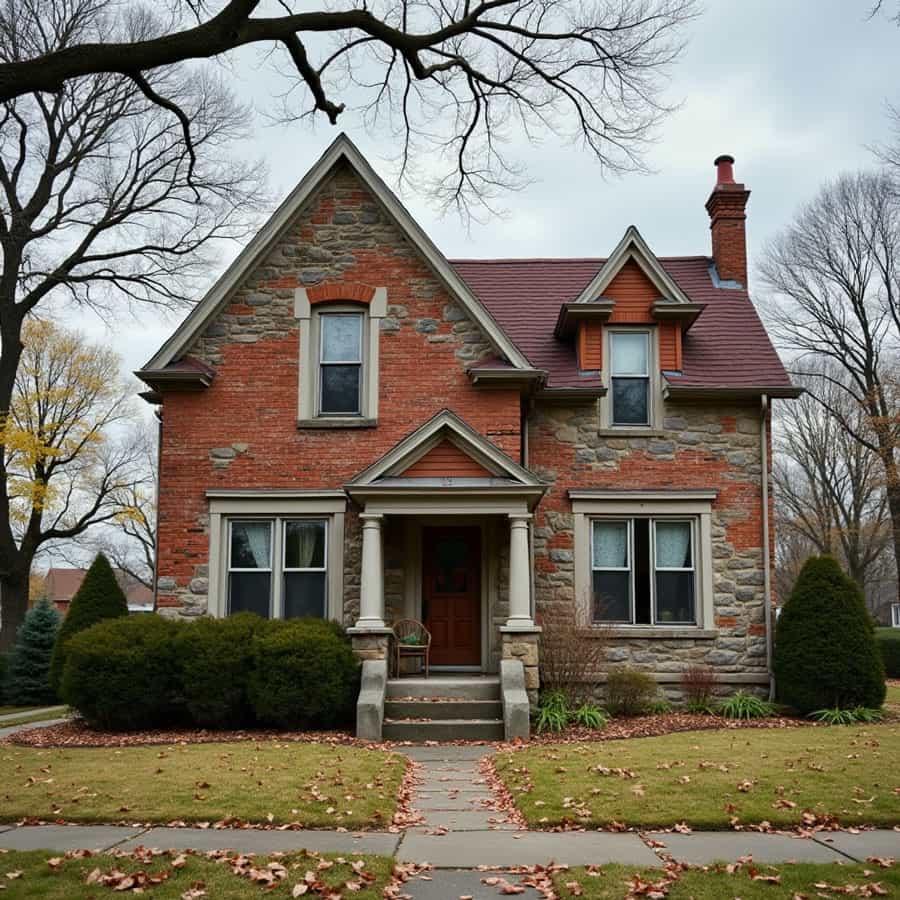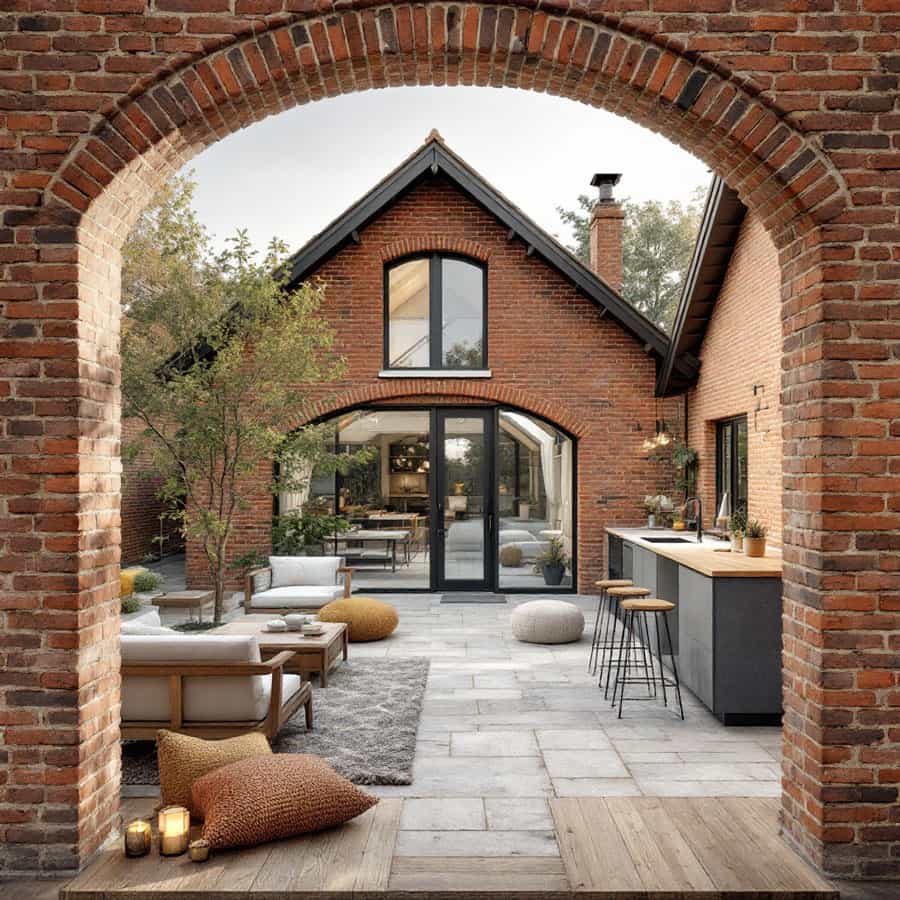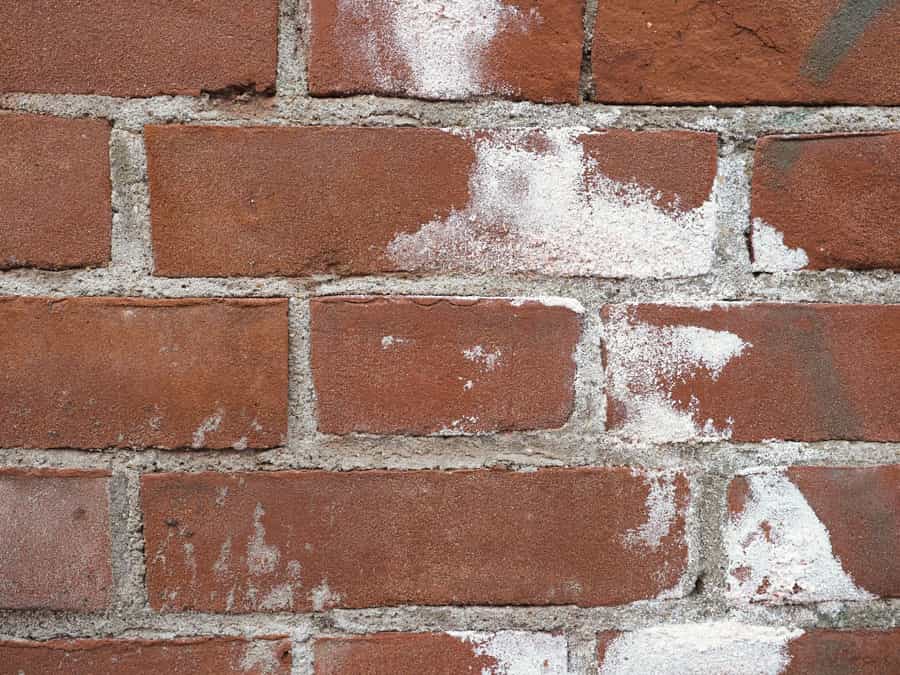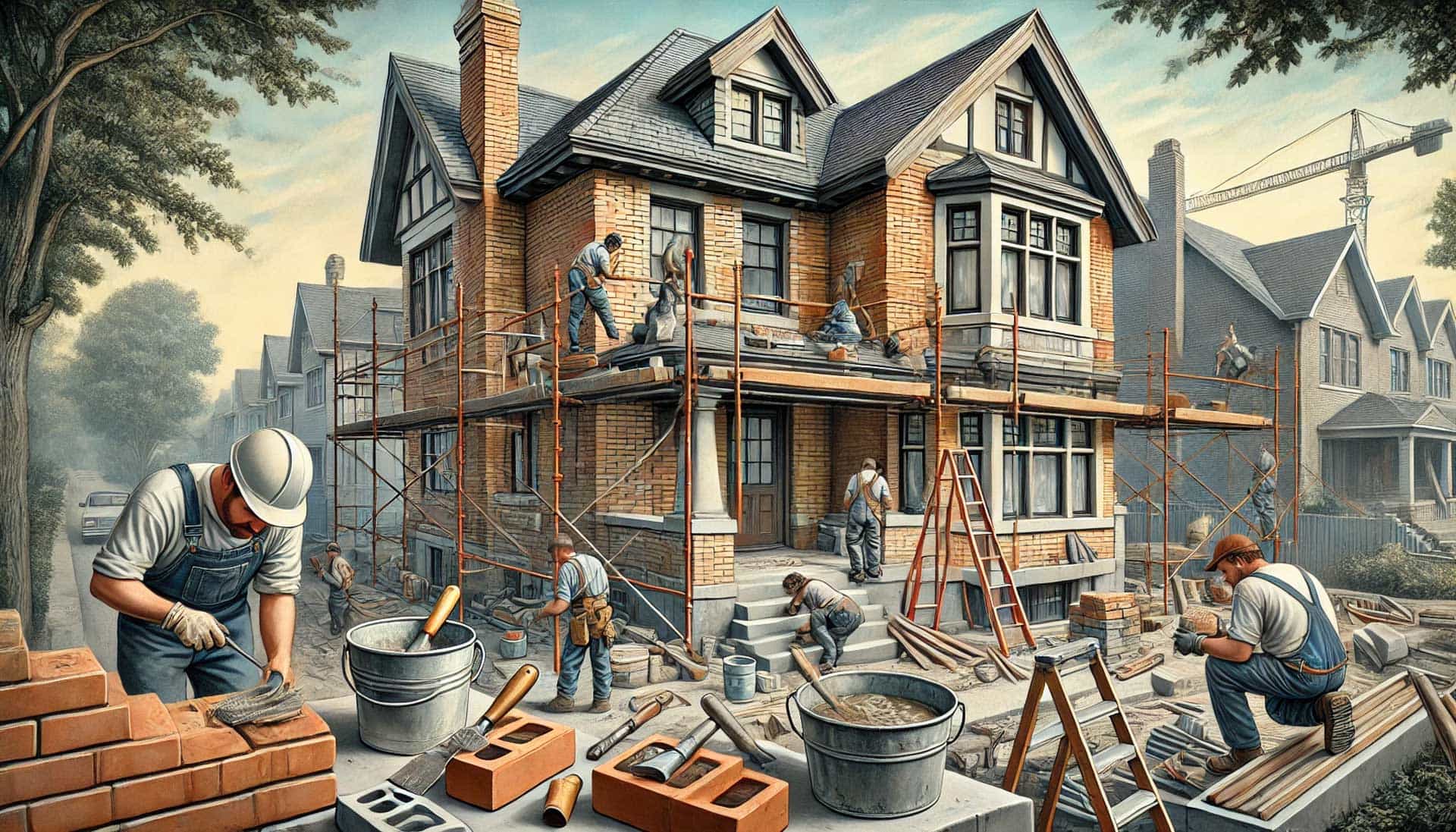When embarking on a masonry restoration project, one of the key decisions you’ll face is choosing between brick and stone. Both materials have their own unique properties, benefits, and drawbacks. In this post, we’ll compare these two popular masonry materials to help you determine which is best suited for your restoration needs.
1. Aesthetic Appeal
Brick:
- Variety: Bricks come in a wide range of colors, sizes, and textures, allowing for a high degree of customization. From traditional red bricks to contemporary white bricks, the options are extensive.
- Uniformity: Bricks offer a more uniform and consistent look, which can be ideal for modern designs or achieving a specific aesthetic.
- Versatility: Brick’s versatility makes it suitable for various architectural styles, from colonial to contemporary.
Stone:
- Natural Beauty: Stone’s natural variations in color, texture, and size add a unique, timeless beauty to any structure. Each stone is unique, giving a distinct appearance.
- Character: Stone structures often have a more rustic and historical feel, which can enhance the character of older buildings.
- Prestige: The use of stone is often associated with durability and prestige, making it a popular choice for high-end projects.
2. Durability and Longevity
Brick:
- Strength: Bricks are known for their high compressive strength and durability. They can withstand harsh weather conditions and have a long lifespan, often lasting for centuries with proper maintenance.
- Maintenance: Brick structures require regular maintenance, such as repointing mortar joints and cleaning to prevent mildew and moss growth.
- Weather Resistance: Brick is relatively resistant to weathering, but it can absorb moisture, which may lead to issues in freeze-thaw cycles.
Stone:
- Exceptional Durability: Stone is one of the most durable building materials available. It is highly resistant to weathering, fire, and insect damage.
- Low Maintenance: Stone structures typically require less maintenance compared to brick. However, they can be susceptible to staining and may need occasional cleaning.
- Longevity: Stone’s natural resilience means it can last for hundreds or even thousands of years, making it an excellent choice for historical restorations.
3. Cost Considerations
Brick:
- Initial Cost: Generally, brick is less expensive than stone. The cost of bricks can vary depending on the type, size, and finish, but it is usually more affordable than stone.
- Installation: Bricklaying is typically faster and less labor-intensive than stone masonry, which can reduce labor costs.
- Long-Term Costs: While bricks may be cheaper initially, the cost of ongoing maintenance and repairs should be considered.
Stone:
- Initial Cost: Stone is usually more expensive due to the cost of quarrying, transportation, and preparation. High-quality stone can significantly increase the overall project cost.
- Installation: Stone masonry requires skilled labor and is more time-consuming, which can add to the labor costs.
- Long-Term Investment: Despite the higher initial cost, stone can be more cost-effective in the long run due to its durability and low maintenance requirements.
4. Environmental Impact
Brick:
- Sustainable Options: Bricks can be made from recycled materials and are recyclable at the end of their life. Modern brick production methods aim to reduce environmental impact.
- Energy Efficiency: Brick structures have good thermal mass, which helps in maintaining consistent indoor temperatures and can contribute to energy efficiency.
Stone:
- Natural Material: Stone is a natural material that requires minimal processing, making it an environmentally friendly option.
- Longevity: The durability of stone reduces the need for replacement and repairs, contributing to its sustainability.
- Energy Use: Quarrying and transporting stone can be energy-intensive, so sourcing local stone can help mitigate the environmental impact.
5. Suitability for Restoration Projects
Brick:
- Historical Accuracy: For buildings originally constructed with brick, using brick for restoration ensures historical accuracy and aesthetic continuity.
- Versatility in Restoration: Bricks are easier to match and replace in restoration projects, making it simpler to maintain the original look of the structure.
Stone:
- Heritage Restoration: Stone is often the material of choice for heritage restoration projects due to its historical significance and durability.
- Structural Integrity: Stone’s strength can enhance the structural integrity of older buildings, making it a preferred material for significant restorations.
Conclusion
Both brick and stone have their own advantages and are excellent choices for masonry restoration projects. Your decision will depend on various factors, including the aesthetic you want to achieve, the historical context of the building, budget considerations, and long-term maintenance needs. By understanding the unique properties of each material, you can make an informed choice that will ensure the success and longevity of your restoration project.
If you need expert advice or assistance with your masonry restoration project in Toronto and the GTA, feel free to contact us. Our experienced team is here to help you every step of the way.


